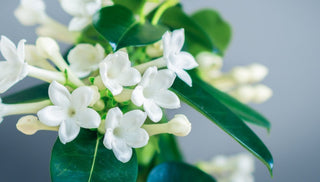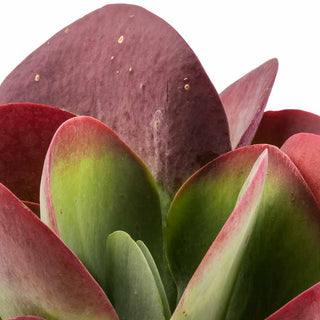☘ Origin: Tropical Rainforests of Colombia and Venezuela. It was introduced into Europe in 1870
☘ Family: Araceaegrows
☘ Botanical Name: Spathiphyllum
☘ Common Name: Peace Lily
Symbolism: Because it blooms with white lily-like flowers, the peace lily is frequently associated with purity, prosperity, innocence, peace, tranquility and sympathy. Peace lilies are known as the bringers of peace.
Another popular Peace Lily meaning relates to healing and creating the right psychic balance to make one’s life more peaceful and harmonious. They are an ideal gift for someone recovering from illness, as a sign of their continued recovery.
🍃 Shop Your Peace Lily Today!
🔆 Light
Peace Lily enjoys medium to bright indirect light, Never allow your plant to receive direct sunlight or the foliage will burn. It can as well adapt to low light conditions, but will thrive best with bright light.
Give your plant a turn every few days to expose all sides to light for even growth from all sides.
💧 Water
Allow the top 50% of soil to dry between watering, maintain a regular watering schedule and keep your Peace lily moist, but not wet or soggy. This is not a drought-tolerant plant, but it is relatively forgiving if you forget to water it from time to time. Extended periods of dryness can result in brown leaf tips or edges.
To give your plant the absolute best, room-temperature rainwater and bottled spring water are your best options. Any water containing sugar or salt will hurt your plant!
☁️ Humidity
Like many tropical indoor plants, Peace Lily prefers a spot with much humidity. If leaf edges begin to curl or brown, mist with filtered lukewarm water on a regular basis, or place a humidifier nearby. Your bathroom or kitchen are perfect spots for your Peace Lily because these areas tend to be more humid.
🌡️ Temperature
Prefers average room temperatures (15-27°C). They are sensitive to cold drafts and blowing heat during the winter months, so keep them away from windows and heaters for best results.
🧴️ Food
Feed with a general houseplant fertilizer - or special liquid fertilizer for flowering plants - every month during the spring and summer. No fertilizer is necessary in the winter when plant growth naturally slows.
🐾 Toxicity
Peace Lily is considered to be toxic to animals and humans.
Peace Lilies are one of the most common houseplants because they’re fairly easy to grow and beautiful, too!
With enough light and consistent moisture, Peace Lilies produce white to off-white flowers starting in the early summer, blooming throughout the year in the right conditions.



